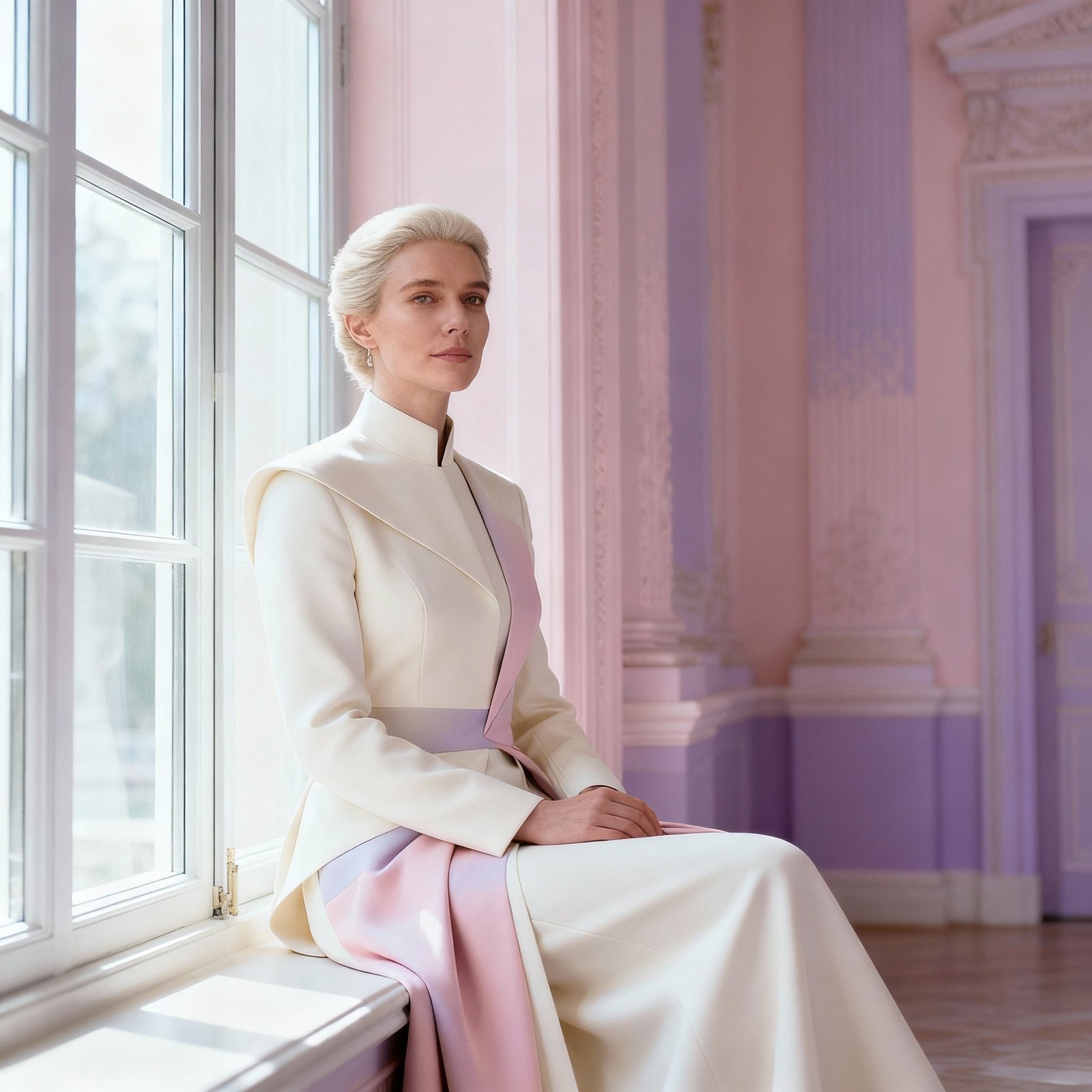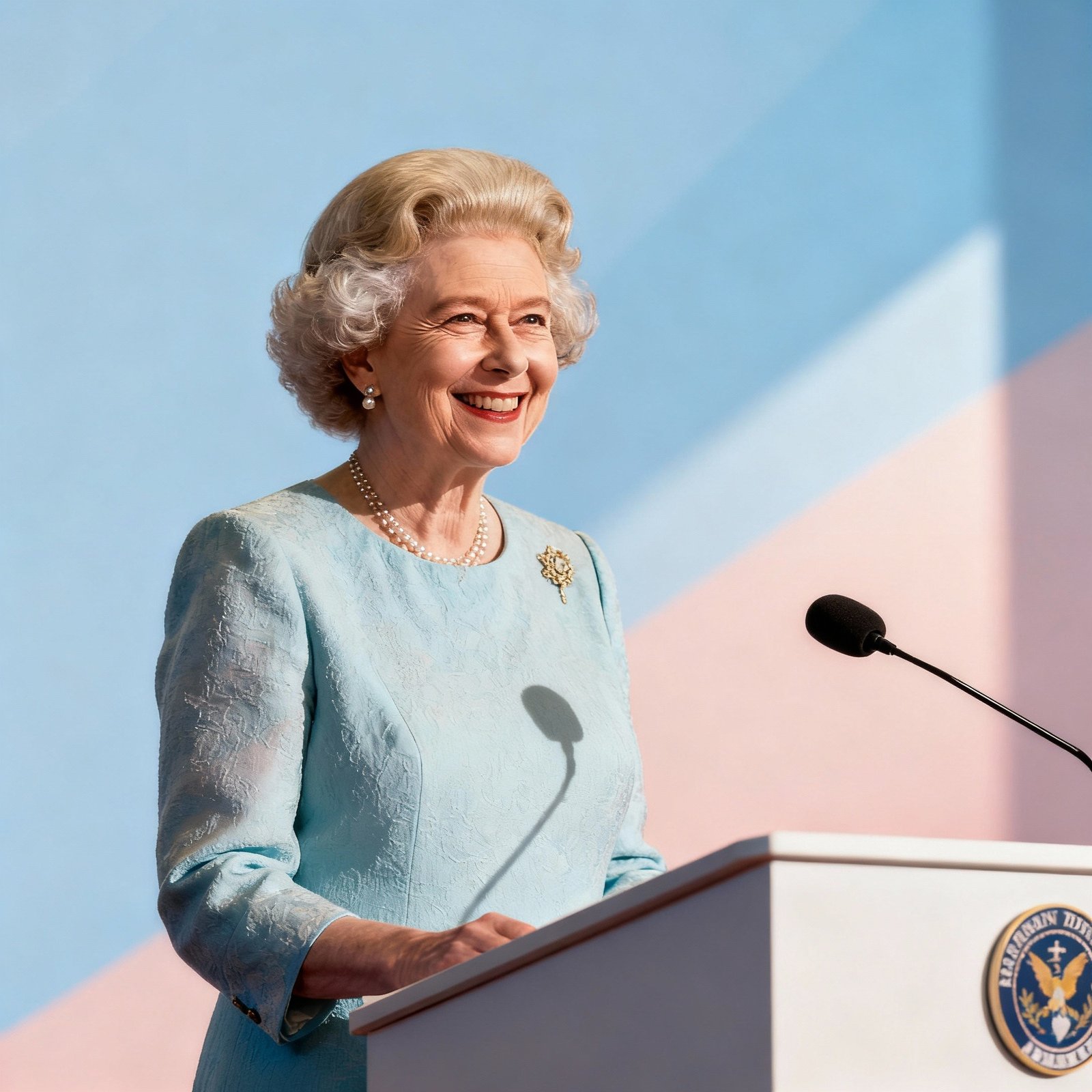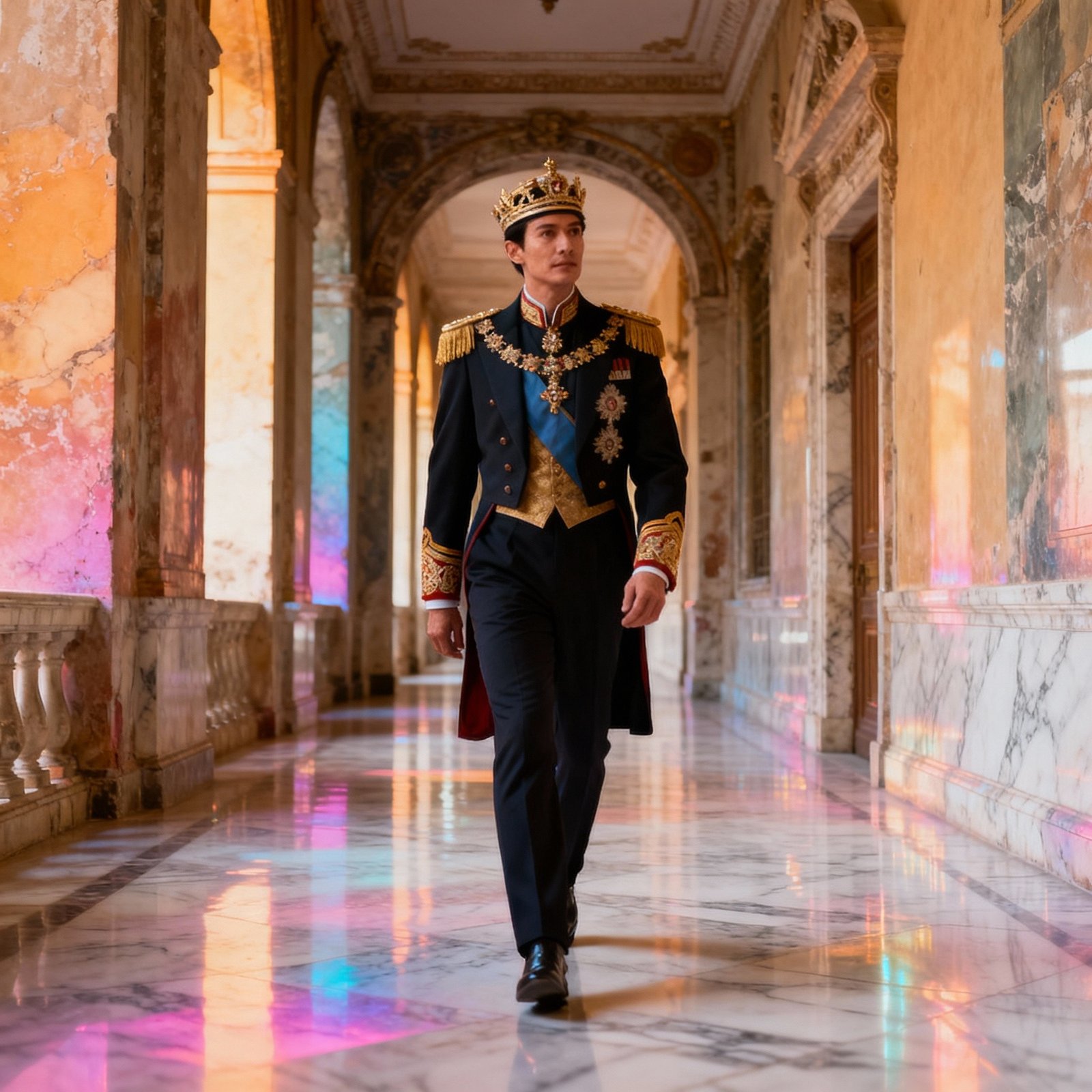Global Royals & Queer Acceptance: Shifting Attitudes in 2025
In 2025, even the world of crowns and castles is beginning to reflect change. Global royal families often symbol of tradition, protocol, and centuries old conservatism are showing unexpected signs of embracing queer inclusion. Whether through public tributes or new outreach efforts, these moments are subtle but powerful indicators that queer acceptance is creeping into corners of authority once thought immune to social change.
 Royal Signals: Pride, Performance, and Presence
Royal Signals: Pride, Performance, and Presence
One of the most striking gestures came from Britain’s Royal Family, which during Pride of London 2025 allowed the Coldstream Guards to perform Chappell Roan’s “Pink Pony Club “a queer anthem outside Buckingham Palace. The performance was shared on their official accounts with rainbow emojis and affirmations of inclusivity. It wasn’t just a photocopy; it was a message that even the monarchy can participate in queer visibility.
Simultaneously, in India, the Gaekwad royals of Vadodara are launching Garza Mitra, an app aimed at supporting LGBTQIA people. It promises access to legal assistance, healthcare providers, and safe housing all delivered via a royal backed trust. It’s a practical shift: royals not just symbolizing inclusion but institutionalizing it for queer communities.
These Moves Matter
These royal gestures aren’t just pretty headlines. They reflect deeper shifts in how authority and symbolic power are being redefined in queer India and globally.
First, they help normalize queer presence in traditionally conservative spaces. When royals’ figures often seen as custodians of national identity embrace Pride, it sends signals that queer identities are not fringe, but part of national stories.
Second, such actions give legitimacy. In many communities, queer people’s demands for rights, dignity, and safety are dismissed as “Western imports” or “countercultural.” When respected institutions and public figures show support, it undercuts narratives of queer lives being alien or other.
Third, these gestures can unlock more than symbolism Hey can open doors for policy, healthcare access, legal reform, and social acceptance. The Gaekwad royal app, for example, is envisioned not as charity, but as empowerment: connecting queer people to vital services that are often inaccessible.
 Challenges & Critiques in the Royal Spotlight
Challenges & Critiques in the Royal Spotlight
Of course, royal support isn’t a cure-all. There are valid critiques to keep in view:
- Surface gestures vs systemic change: A Pride post is visible, but does it lead to material improvements in policy or legal protections for queer people?
- Representation without risk: Royals often enjoy immunity from backlash. Their support may feel safe because they’ve climbed centuries of privilege. Not everyone in queer India enjoys that luxury.
- Cultural appropriation vs genuine allyship: There’s always the danger of queer visibility being coopted as optics, with little follow-through. The community expects more than performative allyship.
I ndian Context: Tradition, Royalty & Queer Futures
ndian Context: Tradition, Royalty & Queer Futures
India’s own history with royals has long intersected with queer identity sometimes openly (as with Prince Manvendra Singh Gohil, a gay royal and HIVAIDS educator) and sometimes invisibly. Royal patronage, in Indian tradition, has power: patronage of arts, medicine, public works. When it turns toward queer inclusion, it leverages prestige in ways civil society often cannot.
The Gaekwad family’s app is especially promising. It suggests a model where local royals can function as cultural bridgebuilders between queer people and formal institutions (healthcare, legal, housing). If successful, it could be replicated in other regions: Rajasthan, Kashmir, the Northeastern princely legacies.
Looking Ahead: What Royal Queer Acceptance Could Unlock
- More symbolic gestures will likely be matched by increased institutional support: royal trusts funding LGBTQ+ clinics, scholarships, or shelters.
- Royals speaking out could embolden local governments or municipal authorities in conservative regions to be more responsive to queer issues.
- Royals can lead the way in redefining inclusive fashion, royalty endorsed arts projects, queer cinema support all enhancing visibility in mainstream culture.
Practical Takeaways for Queer India
To leverage these shifts, queer communities, allies, and allies in authority can:
- Amplify instances of royal support, but also demand accountability: how are these gestures translated into policy or services?
- Engage with royal trusts or structures that are open to working with queer causes.
- Use cultural capital: when royals support queer art, fashion, film help those artists get visibility across the country, including outside metros.
- Create safe spaces for dialogue about heritage, class, and tradition intertwined with queer identities comforted by signals from royals but driven by community voices.
Global royals embracing queer acceptance in 2025 is not the revolutionist’s a ripple. But in that ripple lies possibility. When monumentally symbolic institutions lean toward inclusion, it gives queer India more permission to be visible, more power to demand dignity, and more hope that love and identity will be respected even under crowns and in palaces.



